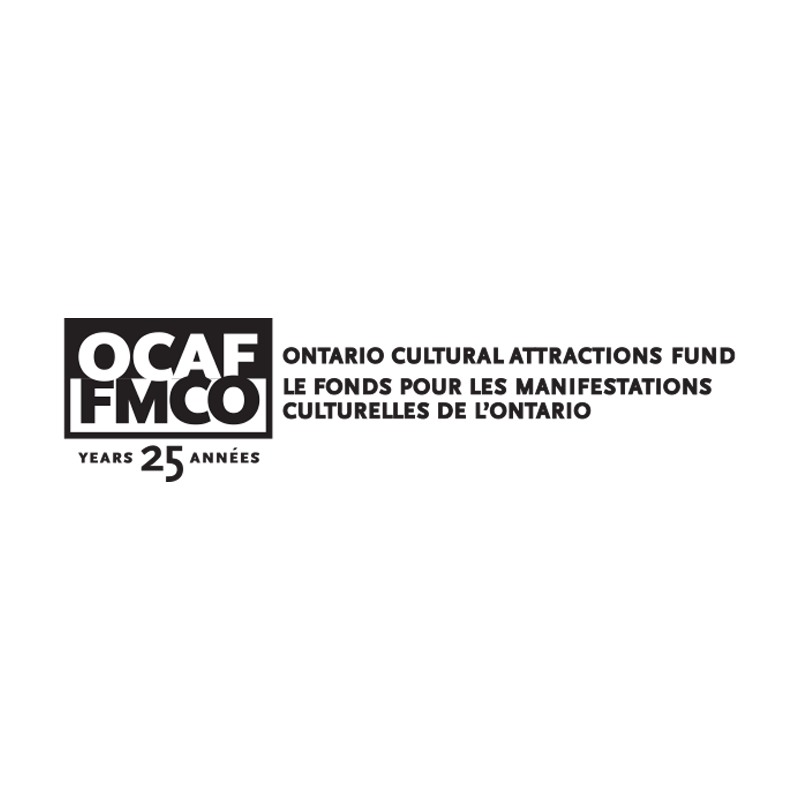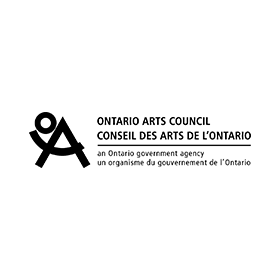

Designer and DesignTO Youth participant Wishah Qaisar shares her artistic journey and the importance of storytelling in her work.
How would you describe your profession and your practice?
I am a multidisciplinary designer driven by a profound passion for community and culture. In my professional journey, I see creativity as a transformative force capable of addressing societal challenges through innovative solutions. Grounded in a background in graphic design, my aim is to encapsulate the rich tapestry of the human experience and the diverse communities and cultures that have shaped my own narrative. My work is visual storytelling that seeks to express the intricacies of the world around us. Through creative direction, I aspire to weave narratives that resonate with authenticity, providing a compelling medium for individuals to connect with and reflect upon the shared human experience.
Has your work changed over the course of your career?
Over the course of my career, my artistic journey has undergone a significant transformation. Initially I delved into the realms of painting and drawing, honing my skills and nurturing my innate artistic abilities. The pivotal shift occurred during my post-secondary education when I embraced graphic design, allowing me to seamlessly translate my creativity into digital expressions through a fusion of text and imagery. As my professional path unfolded, I realized that my identity as a creator extended beyond technical skills. I began to understand myself not only as a creative professional but also as an individual with a unique personal narrative to share with the world. This realization became a catalyst for a deeper exploration of creative direction—a process through which I could not only generate ideas but also bring them to life.
In my current artistic phase, my work has become a manifestation of my evolving beliefs and perspectives. I’ve come to see art not merely as a form of expression but as a keen observation of the world around me. Embracing my role as an observant individual, I find solace and inspiration in the act of translating these observations into visual narratives. This metamorphosis in my artistic approach mirrors the evolution of my own understanding and appreciation of the intricate tapestry of life.

What was your “eureka!” moment that made you realize that art/design was the route you wanted to take?
My ‘eureka!’ moment, illuminating the path towards art and design, occurred during my final years in high school. Faced with the daunting task of choosing a profession that would shape not just my career but my identity, I embarked on explorations in law, psychology, and architecture. However, it wasn’t until my last year that a transformative realization struck.
I made the decision to abandon my math and science courses, redirecting my academic trajectory towards graphic design. It was in that moment of transition that I recognized a fundamental truth about myself—I was committed to incorporating creative expression into every facet of my life. This realization crystallized the notion that, regardless of the career path I pursued, I would always seek ways to infuse my life with artistic passion. The decision to turn this realization into a career in art and design felt like the most authentic and fulfilling choice, aligning my professional journey with my innate need for creative expression.
Is your work inspired by anything in particular? What turns you on creatively?
My work is threads of inspiration drawn from a multitude of sources. Cultures, communities, and religious influences play a profound role in shaping my artistic expressions. Reflecting on the artistic heritage of my roots, I am inspired by the intention behind traditional artistry, which serves as a powerful means of societal expression.
The architectural wonders of dome-shaped mosques and expansive arches, for instance, embody not only the aesthetics but also the softness and openness intrinsic to the Islamic faith. Vibrant colours reminiscent of the bustling streets of Lahore further echo the dynamism of the community. In addition to these cultural influences, I find inspiration in various creative platforms, particularly film and music. The narratives and visual storytelling techniques from movies have left an indelible mark on my creative perspective. It’s through these diverse influences that I’ve come to appreciate the profound impact of storytelling. The power of conveying messages and lessons through the art of storytelling, imbibed from the cinematic experiences of my upbringing, has become a cornerstone of my creative approach.
As I delve into the tapestry of my past, each era of learning and experimentation plants the seeds for what I aspire to explore next. The amalgamation of these diverse inspirations serves as a wellspring of creativity, propelling me forward on a continuous journey of exploration and expression.

Which designers or artists inspire you and why?
I draw inspiration from artists who are, at their core, natural-born storytellers—individuals who skillfully weave diverse concepts into a cohesive narrative that is uniquely their own. Among my favourites are Lil Simz, Kendrick Lamar, Kanye West, and Marina Abramovic, to name a few. These artists stand out for their distinctive delivery and their ability to transcend conventional boundaries in their respective fields. Lil Simz and Kendrick Lamar, for instance, bring a profound storytelling prowess to their music, using their lyrics to paint vivid narratives that resonate on a deep level. Kanye West is known for his innovative approach to music production and his fearless exploration of new artistic territories. Marina Abramovic, on the other hand, captivates with her performance art, challenging conventional norms and pushing the boundaries of what art can be.
Beyond their artistic outputs, I find great value in listening to these creators speak about their creative processes. The insights they share into their journey, challenges, and perspectives provide me with a rich source of motivation and encouragement in my own artistic endeavors. In essence, it’s their unique ability to fuse creativity with authenticity and innovation that continually inspires and influences my approach to design.

What was the name of your 2024 DesignTO Festival exhibition, and what can attendees expect to experience?
Part of ‘DesignTO Youth: touchbase,’ my ‘Food Language’ is a visual exploration of how food acts as a unifying force in diverse communities. Focusing on the Toronto context and through a series of photographs and possibly a short video, the project captures the shared moments of connection and intimacy that occur around the dinner table in a world that can be isolating. This is encapsulated in gestures such as sharing a slice of cake, eating off of the same plate, or serving others before yourself at the dinner table as a way to preserve the communities we live in. Food is intimacy, it’s our relationship with others and how we nourish them. In South-Asian culture, as well as many cultures around the world, food is how we express our love, cooking for your loved ones, or remembering how they like their eggs. Food is a story of the individual coming together in a larger community. Inspired by Joseph Adamu’s exhibition ‘Feels Like Home,’ ‘Food Language’ aims to celebrate the cultural traditions and practices of Toronto’s vibrant communities, emphasizing the importance of these rituals, especially during times of social distancing. It is when we are at a loss when we realize how important this connection is. When we slow down and notice these food related practices and gestures, we realize our humanity, at its core, is the need for meaningful connections, that are in many cultures, developed through food. By incorporating Toronto restaurants of various cuisines, the aim is to paint a scene of community expression through food. The choice of photography and video as media is significant because it allows us to capture the candid moments and emotions associated with food and communal dining, adding depth and authenticity to the narrative.
How long have you been involved with DesignTO? Why is DesignTO important to the creative community, here as well as abroad?
I have been involved with DesignTO since September 2023, and I would love the opportunity to continue being connected with the design community here in Toronto. DesignTO is important to the creative community as it allows for creative individuals to meet other like-minded people and cultivate a sense of belonging.
‘DesignTO Youth: touchbase’ is just one of over 100 free window installations, exhibitions and events at the 2024 DesignTO Festival, January 19-28, 2024. Visit the Festival Schedule to learn more about ‘DesignTO Youth: touchbase’ and other projects.





























